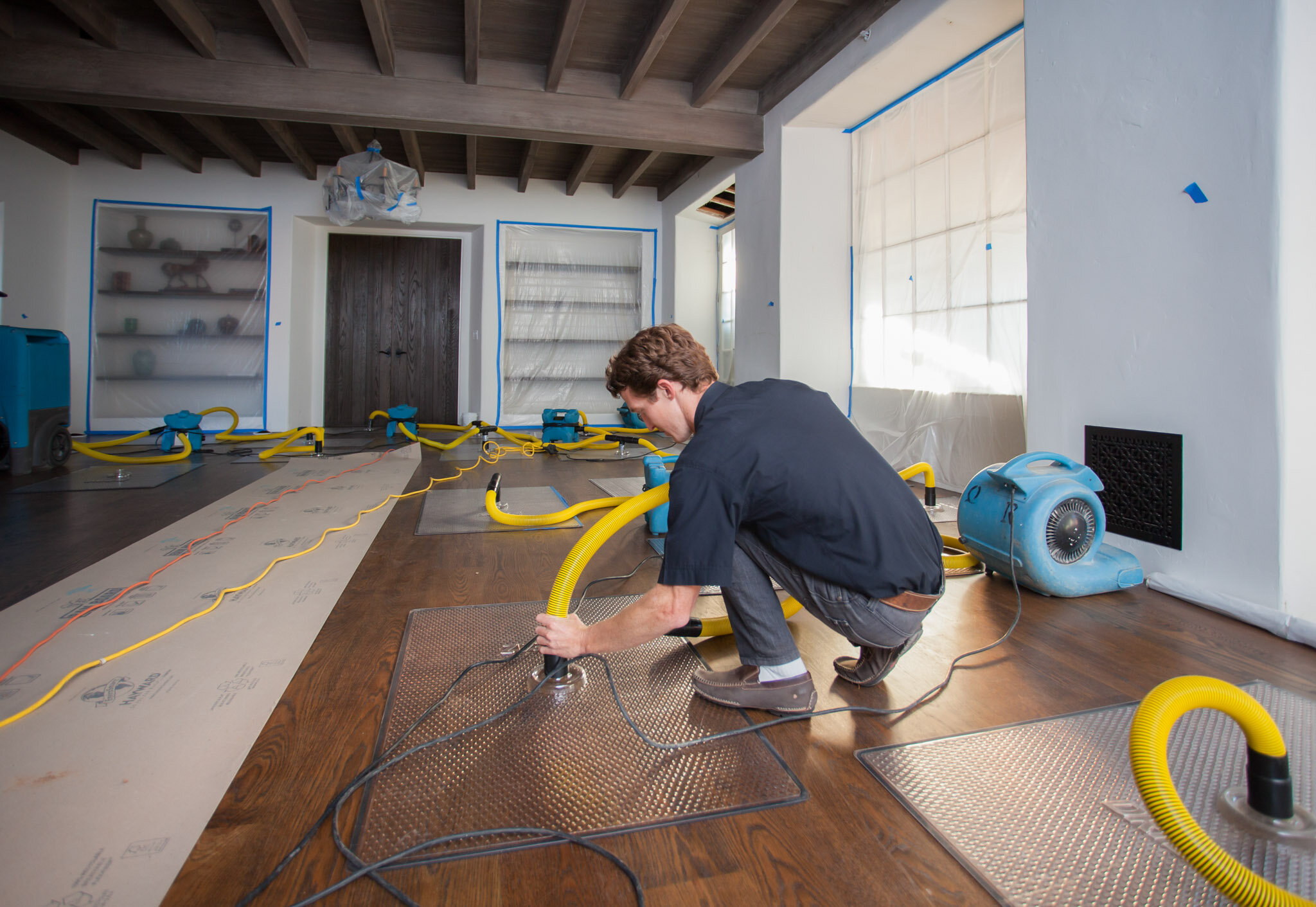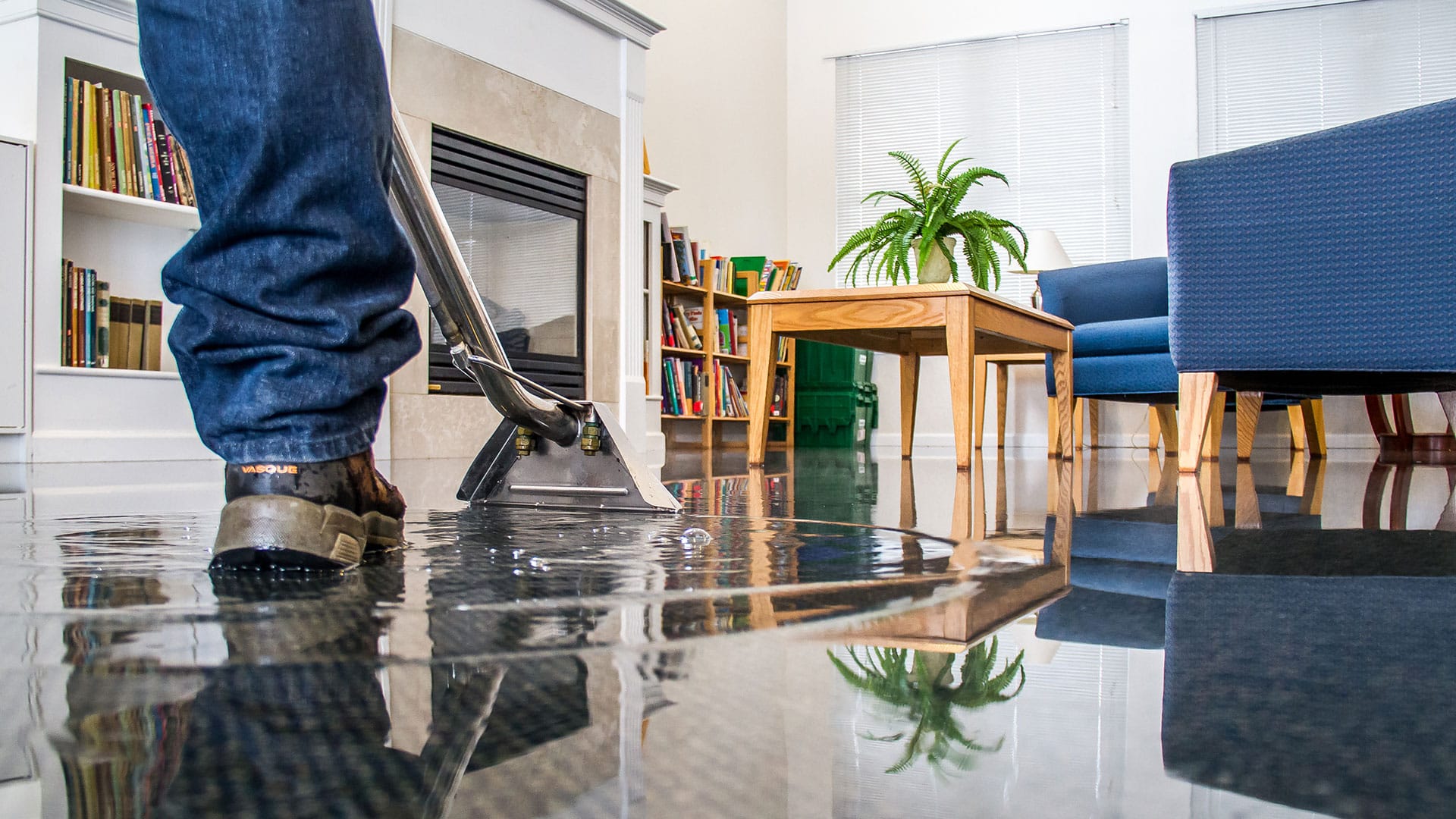Water Damage Restoration 101: Recognizing the Process and Cost
Water damage can strike unexpectedly, leaving homeowners in a state of confusion. Understanding the repair process is essential for effective recovery. From evaluating the damage to selecting the ideal company, each action affects the general end result and expense. Factors such as the kind of water damage and urgency additionally play a significant role. What are the specific methods made use of in remediation, and exactly how can one get ready for possible costs?
Kinds of Water Damage
Water damage can arise from various resources, each offering special obstacles for repair. The 3 primary kinds of water damage are categorized based on contamination levels: clean water, gray water, and black water. Clean water originates from sources like broken pipes or rain, positioning very little health and wellness risks. Gray water, which consists of wastewater from sinks or cleaning devices, contains impurities that may cause discomfort or ailment if ingested. Black water, the most unsafe category, comes from sewage or floodwaters, including dangerous germs and virus. Each kind demands certain remediation techniques and safety and security steps to successfully deal with the damage and reduce health and wellness dangers. Comprehending these distinctions is necessary for homeowners and specialists associated with the water damage remediation procedure.
Initial Evaluation and Examination
A complete preliminary evaluation and assessment are vital action in the water damage restoration process. This stage begins with a professional assessing the level of the damage, identifying the source of the water breach, and determining the kind of water included - Flood Cleanup Services. Technicians use specific equipment to gauge moisture levels in various materials, such as walls, floors, and furniture. Furthermore, they assess architectural stability and possible carcinogen, consisting of mold and mildew growth. The searchings for from this assessment inform the reconstruction plan, guiding required activities and resource allowance. Precise documentation of the damage is essential for insurance cases and future reference. On the whole, this first evaluation lays the groundwork for reliable restoration, making certain an in-depth response to the particular scenario at hand

Water Removal Methods
Following the first analysis, effective water extraction techniques are employed to minimize damage and stop additional issues. These techniques involve using specific tools such as completely submersible pumps and industrial-grade vacuum cleaners. The choice of technique depends on the volume of water existing and the sort of materials influenced. For standing water, completely submersible pumps are usually used for rapid removal, while vacuums are perfect for extracting water from carpets and furniture. In addition, progressed approaches like water removal floor coverings might be employed for hard-to-reach areas. The goal is to eliminate as much water as feasible, reducing the possibility for mold development and architectural damage. Prompt and effective water extraction is crucial in the total water damage reconstruction process.
Drying and Dehumidification Process
When the water extraction is total, the drying out and dehumidification process comes to be critical to restoring the damaged area. This stage commonly utilizes industrial-grade dehumidifiers and air movers to successfully minimize wetness degrees. The dehumidifiers attract moist air, eliminating excess humidity, while air moving companies flow air to increase evaporation. Tracking equipment is commonly used to track humidity and temperature level levels, guaranteeing ideal drying out conditions. The duration of this process can vary relying on the extent of the water damage and environmental aspects. It is necessary to completely completely dry all influenced products, including walls, flooring, and furnishings, to avoid mold and mildew development and architectural damage. Proper implementation of this step is vital for an effective reconstruction outcome.
Cleaning Up and Sterilizing Afflicted Locations

First Evaluation and Inspection
Prior to starting any reconstruction initiatives, a complete preliminary evaluation and assessment of the impacted locations are essential for reliable cleansing and sanitizing. This process includes identifying the extent of water damage, determining the source of the water invasion, and assessing the materials influenced. Inspectors generally search for signs of mold development, structural honesty issues, and damaged valuables. The evaluation also includes checking dampness degrees using specialized equipment to ensure no surprise water pockets remain, as these can lead to more problems. Documenting the searchings for is essential for planning the next action in the reconstruction procedure. A comprehensive preliminary assessment allows remediation experts to devise a targeted strategy for reliable cleansing and disinfecting, eventually minimizing damage and health and wellness risks.
Cleaning Up Strategies and Products
Effective cleansing and disinfecting of water-damaged locations require a variety of strategies and items customized to the specific products impacted. For porous surface areas like drywall and carpeting, extraction techniques are necessary to eliminate excess dampness, adhered to by deep cleaning with specialized detergents. Non-porous products such as ceramic tile or metal can be cleansed using commercial-grade cleansers that efficiently remove impurities. Steam cleansing is one more efficient method, especially for carpets and upholstery, as it utilizes high temperature levels to eliminate microorganisms and mold. In addition, green items are progressively preferred for their safety and efficacy. Inevitably, choosing the suitable cleansing methods my company and items not only assures instant sanitation but also help in avoiding additional damage and carcinogen connected with water intrusion.
Sanitization and Disinfection Methods
When dealing with water damage, appropriate sanitization and disinfection techniques are essential to guarantee the safety and security and health of the affected setting. After initial cleansing, surface areas need to be treated with ideal disinfectants to get rid of virus, mold and mildew, and microorganisms that thrive in wet conditions. Common techniques include using EPA-approved chemical anti-bacterials, which can be applied via splashing or wiping methods. In addition, ultraviolet (UV) light systems can successfully sanitize areas by counteracting microbes without severe chemicals. The choice of technique usually relies on the kind of materials influenced and the extent of contamination. Ultimately, complete sanitization not only brings back a secure space but also helps avoid future health and wellness dangers related to sticking around wetness and mold development.

Repairs and Restoration Options

Aspects Influencing Restoration Expenses
The extent of water damage straight affects the remediation costs property owners can expect to incur. Factors such as the source of the water, the period of exposure, and the afflicted products considerably affect rates. Tidy water damage from a busted pipeline is typically much less costly to recover compared to damage triggered by sewage (Flood Cleanup Services). Furthermore, the degree of contamination dictates the requirement for specialized cleaning and disposal services, better increasing expenses. Geographic location additionally contributes, as local labor rates and schedule of repair services can vary. Lastly, the urgency of the response affects costs; quicker interventions normally result in reduce total expenses by preventing further damage. Recognizing these factors is important for house owners when approximating remediation costs
The 3 main kinds of water damage are categorized based on contamination levels: tidy water, gray water, and black water. A detailed preliminary evaluation and inspection are crucial actions in the water damage reconstruction process. For standing water, completely submersible pumps are generally made use of for rapid elimination, while vacuums are suitable for removing water from carpets and furniture. The degree of water damage directly influences the restoration costs property owners can expect to incur. Clean water damage from a busted pipe is generally less costly to recover compared to damage created by sewer.